Stop letting valuable bagasse go to waste! Our cutting-edge Sugarcane Bagasse Charcoal Making Machine converts this abundant byproduct into high-margin sustainable products with unmatched efficiency. Join the green energy revolution while boosting your profits! WEIWA Group provides customers with first-class solution design, installation guidance and other after-sales services.
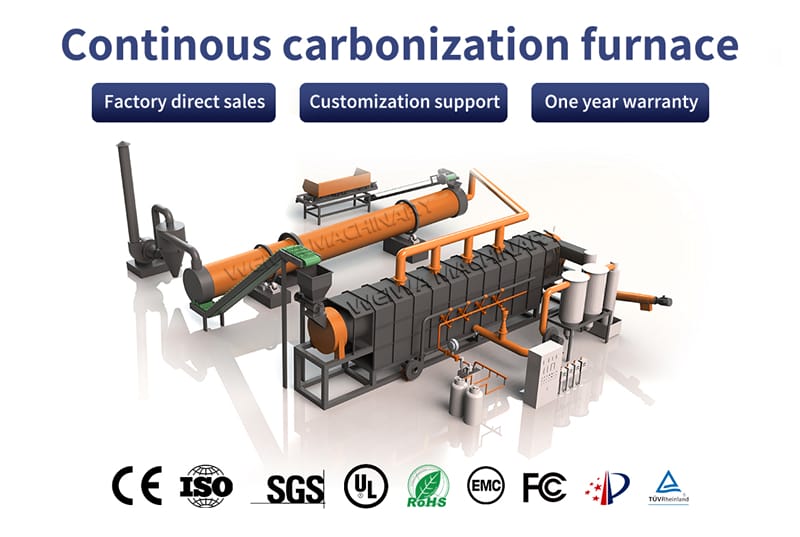
Background of Sugarcane Industry
Sugarcane bagasse, a byproduct of sugarcane processing, is abundantly available worldwide. Large areas of sugarcane are planted in many countries, such as Brésil, Inde, Thaïlande, Pakistan, Mexique, Indonésie and so on.
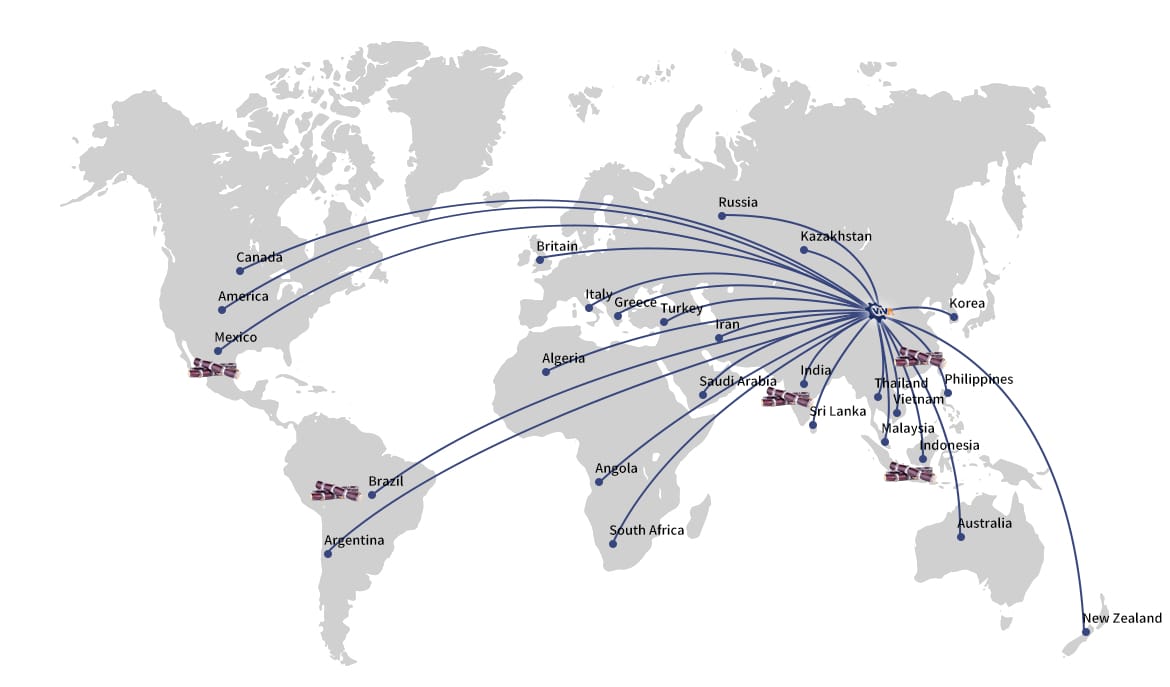
Who Needs Sugarcane Bagasse Charcoal Making Machine?
- Sugar mills – Profit from bagasse waste
- Charcoal producers – Expand product range
- Farmers – Make biochar for soil improvement
- Waste-to-energy companies – Sustainable fuel production
New solutions:Machine de fabrication de charbon de bois Bagasse de canne à sucre
From the harvest to the final processing, the resulting sugarcane waste which is suitable for charcoal production mainly includes:

Sugarcane leaves: Sugarcane leaves are a waste product usually produced during harvest.

Sugarcane tops: They represent 15 à 25% of the aerial part of the plant. They generally consist of green leaves, bundle sheaths, and variable amounts of immature cane.

Sugarcane bagasse (paille): Bagasse is the fibrous material that remains after the extraction of sugar juice and constitutes about 30–40 wt % of the sugarcane. Around 280 kg of bagasse is generated from every ton of sugarcane.
Why Sugarcane Bagasse is Suitable for Making Charcoal?
The feasibility of converting sugarcane bagasse into bio charcoal is promising, supported by raw material characteristics and market trends.
Raw Material Analysis: Sugarcane Waste’s Natural Characteristics
- Abundance: Bagasse is a readily available waste product from sugarcane processing, ensuring a consistent and ample supply for charcoal production.
- Renewability: Bagasse is a renewable resource since sugarcane is a fast-growing crop that is harvested annually. This makes sugarcane charcoal a sustainable alternative fuel.
- High energy content: Bagasse’s high cellulose (45%), hemicellulose (32%), lignin (17%) contenu, and low ash content contribute to its high energy content, making it suitable for conversion into high-quality charcoal.
Market Analysis: Growing Interest in Biochar
- Rising popularity for bio-energy: Bioenergy is renewable energy made from biological materials. It has little environmental pollution during combustion. With the growing emphasis on environmental protection and sustainable development, bioenergy is becoming an increasingly popular alternative energy source. This drives the demand for bio charcoal such as sugarcane charcoal and wood charcoal.
- Cross-industry applications of biochar: Various industries are exploring the applications of biochar within their domains. For instance, in agriculture, biochar is used to enhance soil quality, while in livestock farming, it serves as a feed supplement. Industries, agriculture, livestock farming, etc.. are all showing interest in the eco-friendly and sustainable properties of biochar.
How to Use Sugarcane Bagasse Charcoal Making Machine?
After acquiring the sugarcane charcoal making machine, you’re ready to commence the charcoal production process from the sugarcane bagasse. The sugarcane bagasse charcoal machine primarily operates on the principle of high-temperature carbonization. Here’s how it transforms sugarcane waste into charcoal:
01 Prétraitement
- Écrasement (facultatif): The crushing system processes Sugarcane Bagasse into target sizes (Moins de 20 mm).
- Séchage (facultatif): The drying system processes the Sugarcane Bagasse to a moisture content of less than 15%.
02 Carbonisation
- Alimentation: The Sugarcane Bagasse is automatically fed into the furnace via a conveyor belt, mangeoire à vis ou ceinture z.
- Carbonisation: Après le chauffage du four principal, La température augmente progressivement. The initial temperature helps dry out some of the moisture in the Sugarcane Bagasse. Lorsque la température atteint 250 degrés Celsius, La déméthylation commence. Le gaz combustible commence à générer. À 280 degrés Celsius, La réaction exothermique commence. Les molécules d'hydrocarbure se divisent en molécules de carbone plus petites et en hydrogène. le charbon de bois commence à être produit. Comme la température frappe 450 degrés Celsius, Les composés d'anneaux aromatiques commencent à réagir.
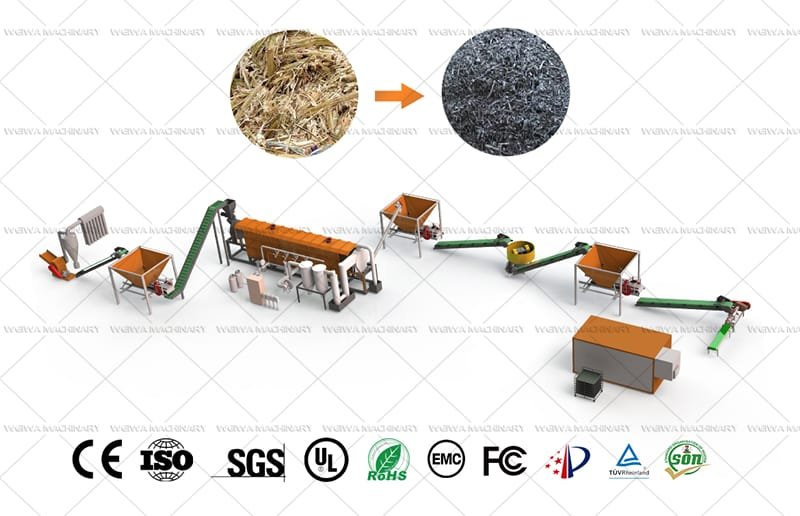
03 Déchargement
- Sugarcane Charcoal : Grâce à un déchargeur de refroidissement par eau en trois étapes, Sugarcane Charcoal below 45 degrés Celsius est collecté.
- Goudron & collection de vinaigre de bois (facultatif): Via le condenseur, goudron (huile de biomasse) et le vinaigre de bois se séparent et sont collectés séparément.
- Sugarcane Charcoal briquette making (facultatif): After being processed by the Sugarcane Charcoal briquette machine, La forme d'origine du charbon de bois peut être faite en forme requise, comme rond, carré, bâton, etc..
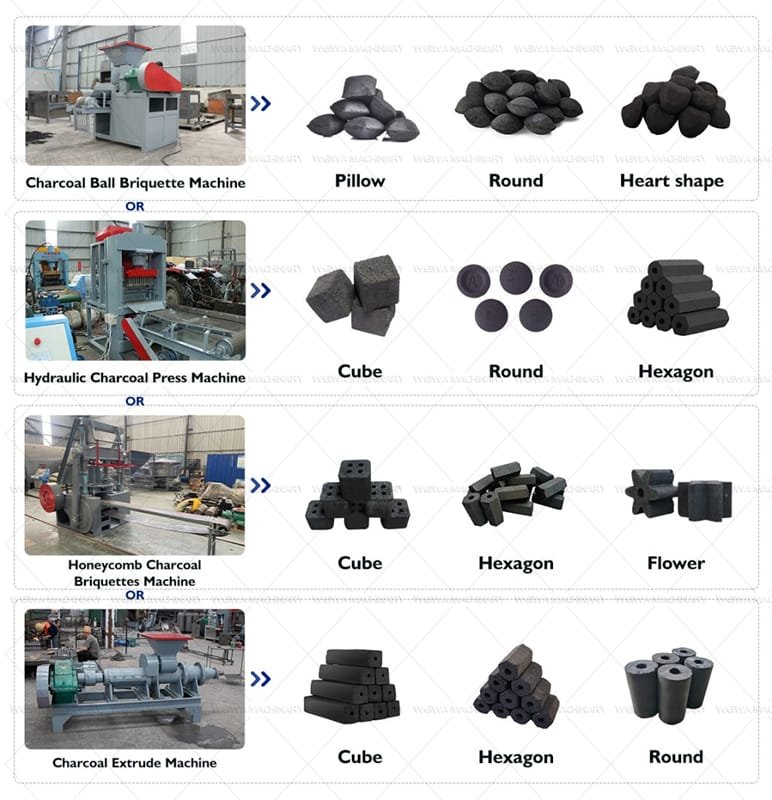
04 Récupération de gaz combustible
- Après le traitement de condensation et d'élimination du soufre, Le gaz combustible peut être récupéré et réutilisé.
- Nous pouvons également introduire l'excès de chaleur de la fournaise de carbonisation dans la sécheuse pour recycler le gaz combustible, Économiser ainsi le carburant pour le sèche-linge.
05 Traitement des gaz d'échappement
- Le gaz d'émission est traité par une tour de pulvérisation, Tour de déshabitation du rideau d'eau, et tour de refroidissement. Le gaz d'émission transformé répond aux normes d'émission de l'UE.
- Le groupe Weiwa fournit un système de traitement de gaz d'échappement personnalisé élevé.
Features of Sugarcane Charcoal Making Machine
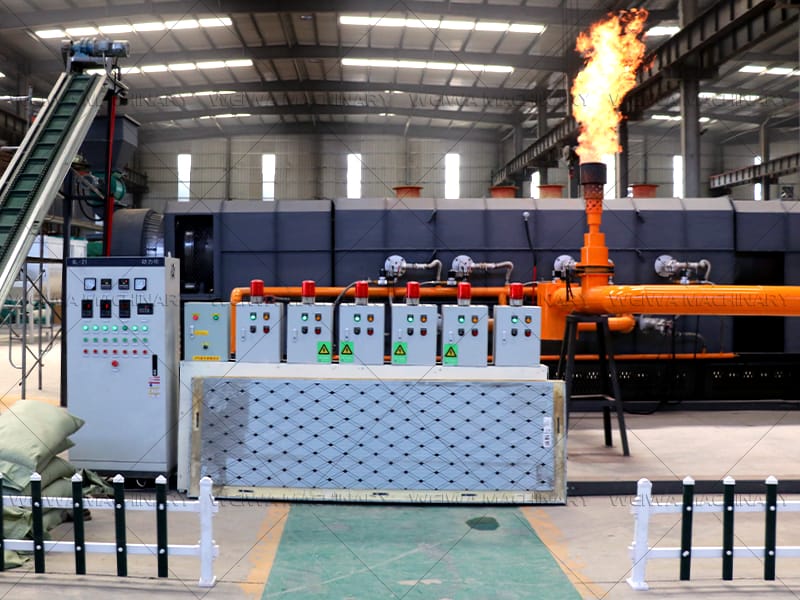
Équipé d'un périphérique d'alarme
L'armoire électrique PLC a un dispositif d'alarme, et il y aura un affichage d'alarme et une alarme pour certaines échecs électriques.
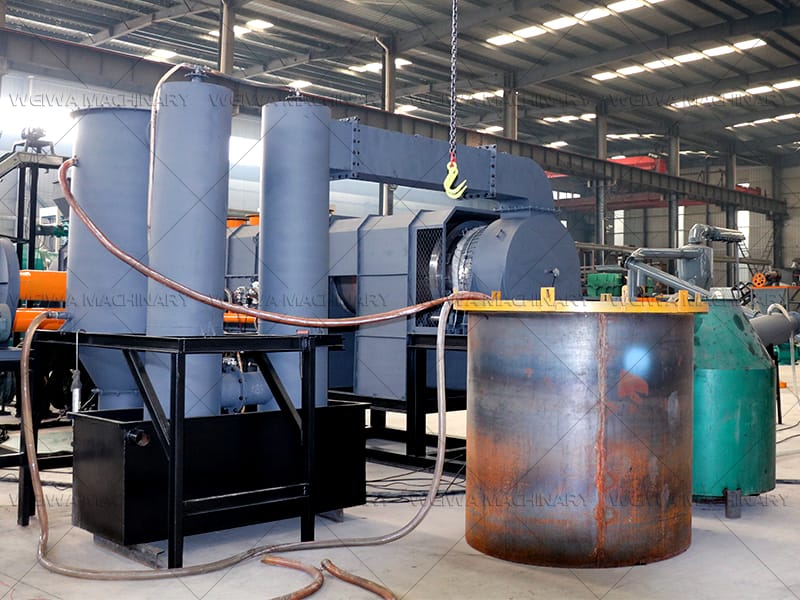
Avec un joint d'eau à l'épreuve des explosions
Il y a un joint d'eau anti-explosion au niveau du pipeline combustible (pour éviter une pression anormale de gaz combustible dans l'équipement)
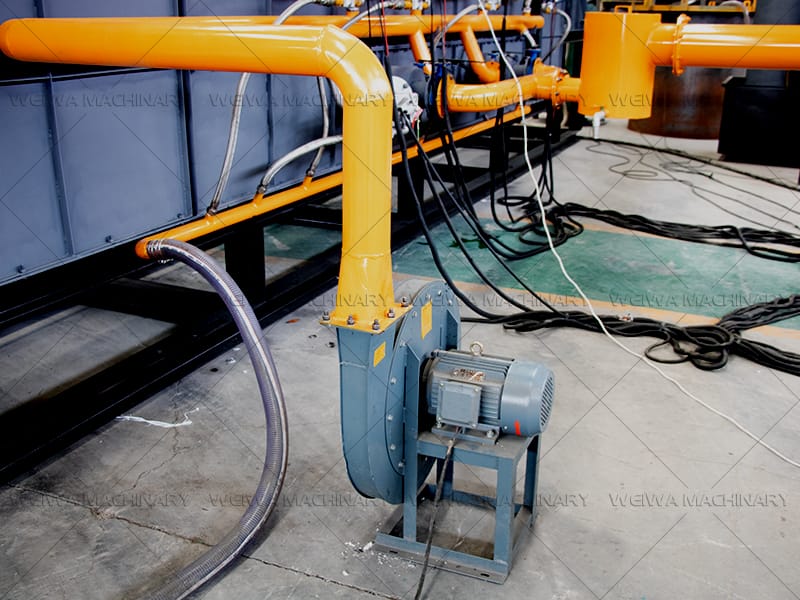
Guide de ventilateur de fréquence variable
La direction du gaz dans tous les pipelines est dirigée par le ventilateur (le ventilateur est une fréquence variable), et il sera affiché sur le PLC lorsque le pipeline sera bloqué.
Efficacité thermique élevée
Le matériau n'est pas en contact avec les gaz de combustion et n'est pas pollué par l'air chaud.
Bon effet d'économie d'énergie
Le taux d'utilisation de la chaleur de cet équipement est plus élevé, L'utilisation de la chaleur aérienne ex-changer peut améliorer efficacement l'efficacité thermique en 5-10%, Et l'effet d'économie d'énergie est bon.
How to Make Profit from Sugarcane Bagasse Charcoal Making Machine?
The produced sugarcane bagasse charcoal briquettes can bring good economic benefits because of their wide application across different industries. Investors can sell them to the relevant industries for profit.
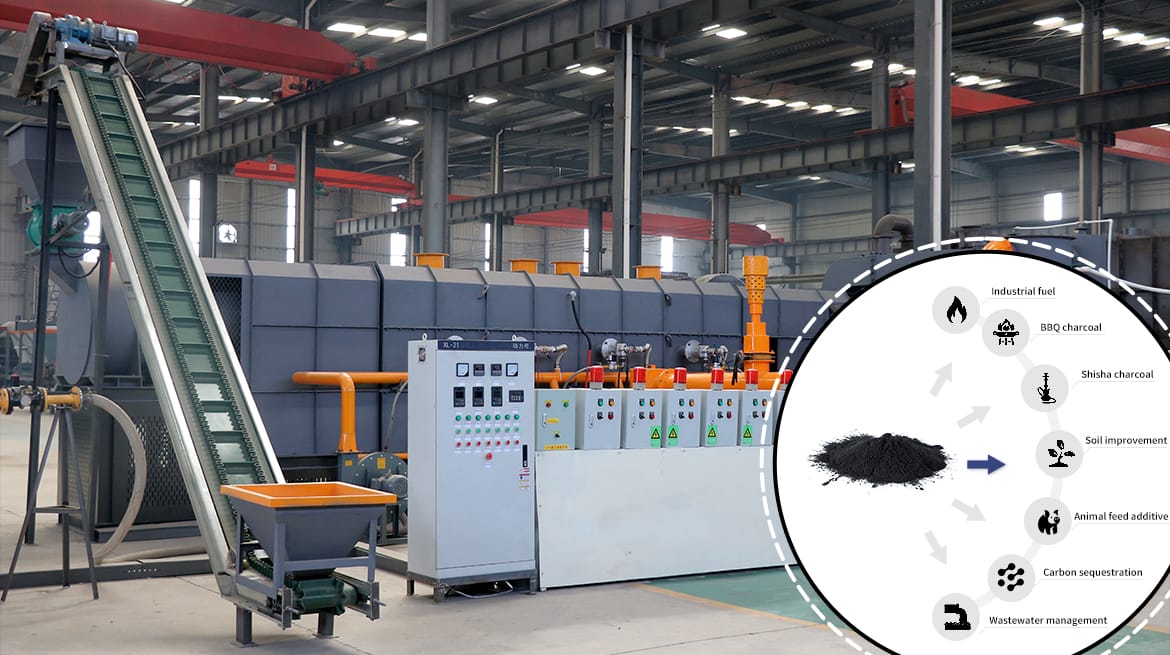
Guaranteed Access to Carbon Credit Trading
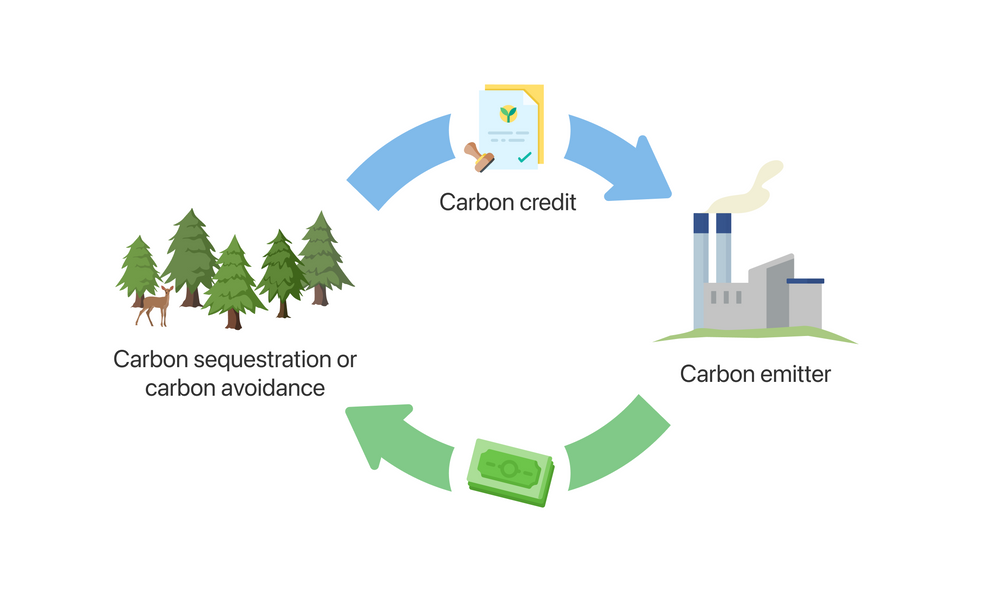
- High carbon content
- 100% Natural and environmentally friendly
- Trap large amounts of carbon dioxide and Improve carbon footprint
- Be used for market transactions, such as carbon credits, carbon offsets
High-Quality Sugarcane Charcoal Output
By using Sugarcane Bagasse Charcoal Making Machine, we can get the most important end product, Sugarcane Bagasse Charcoal. The charcoal can be further processed into hookah or barbecue charcoal, both of which have high values and can be applied in many areas. It is the most suitable machine for the hookah charcoal or BBQ charcoal production.
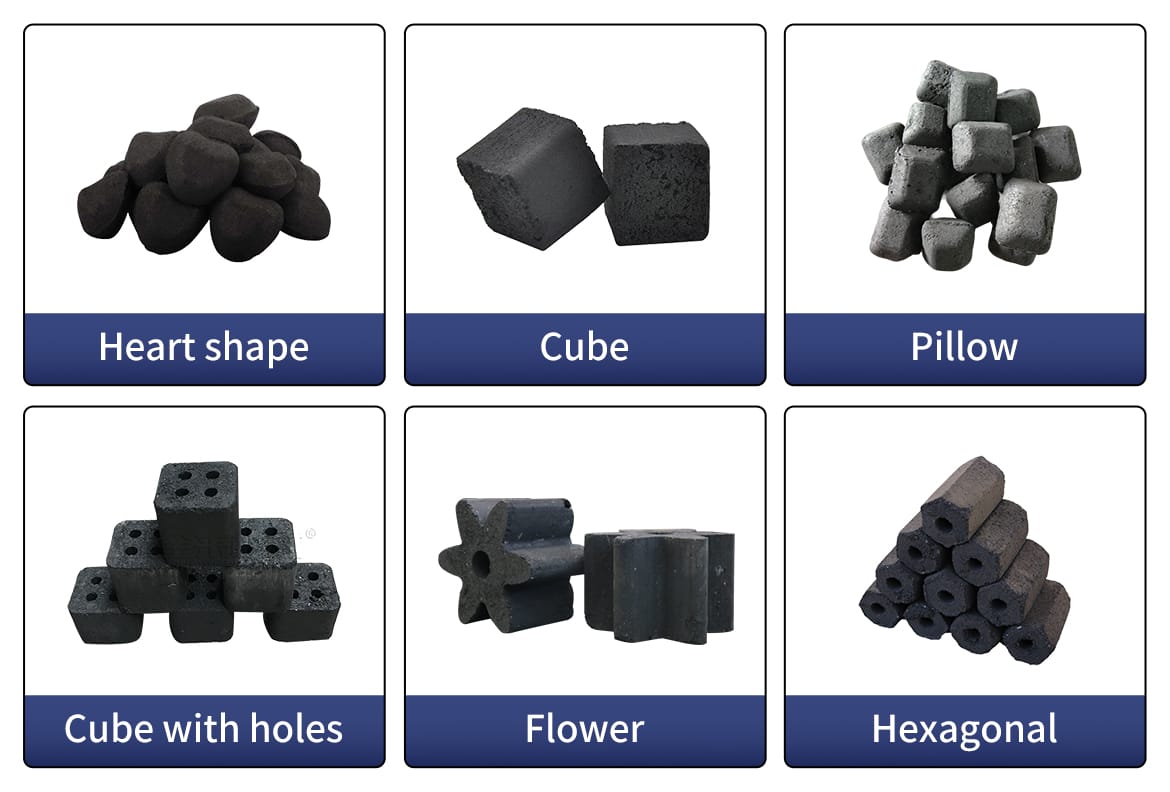
Barbecue Charcoal
- High carbon calories
- Low smoke
- Low ash content
- Long burning time
- Fruity wood aroma
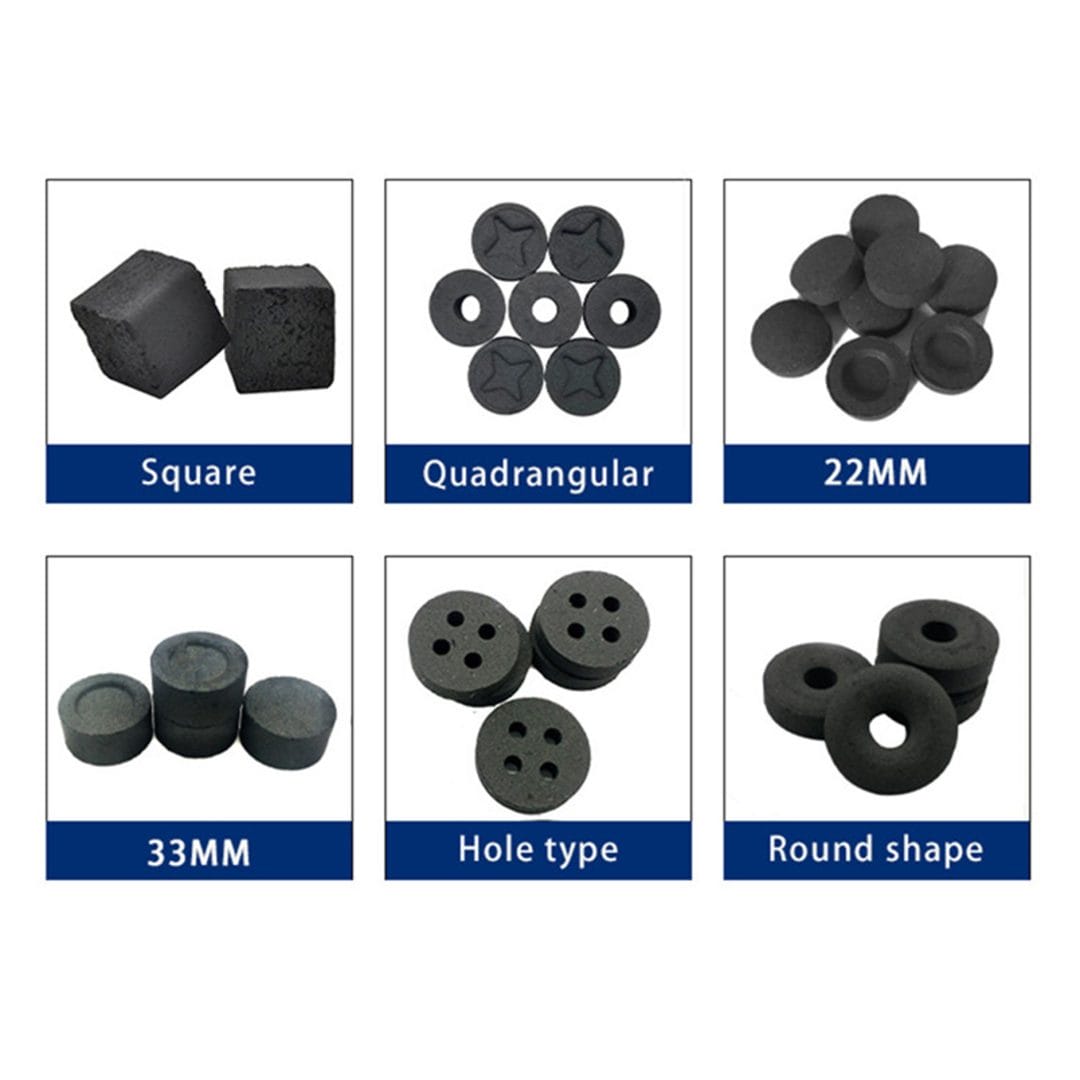
Hookah Charcoal /Shisha Charcoal
- Stable temperature
- High hardness
- Low smoke volume
- Long burning time
- Fruity wood aroma
Amélioration des sols

- 80% microporous structure to improve soil aeration and drainage
- Provide some trace elements, such as potassium, magnesium, zinc
- Alkalinity and ion exchange helps adjust soil pH and save on fertilizer costs
Policy subsidy application
Some countries or regions provide subsidies or tax incentives for the use of biomass energy, such as the EU’s “Green New Deal” or China’s renewable energy support policy.
Produits connexes
The Sugarcane Bagasse Charcoal Making Machine can also process different raw materials





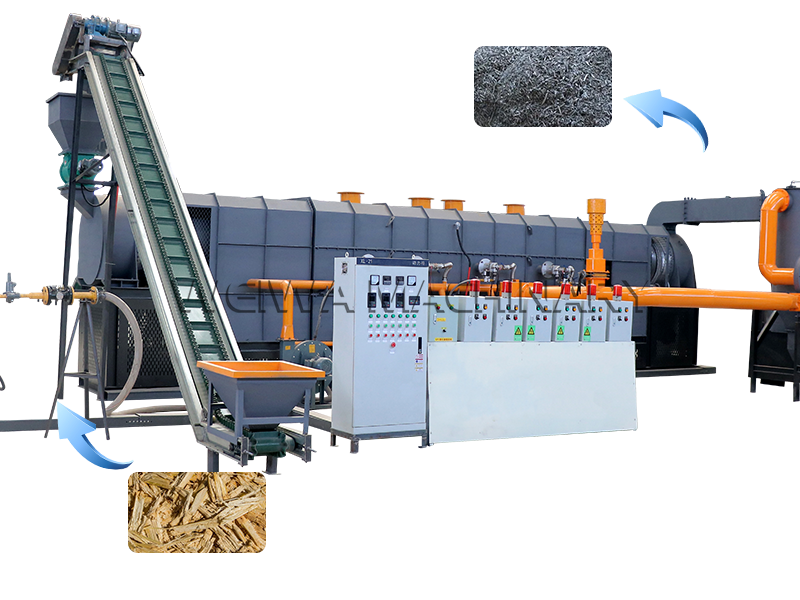



 Wechat
Wechat

 +8613838093177
+8613838093177